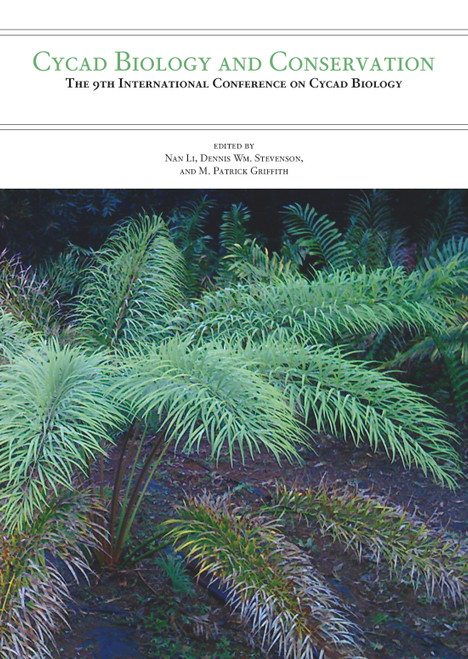This purchase only includes chapter 21 of this title.
Abstract
Cycad cone thermogenesis and volatile emissions are thought to regulate the behaviour of insect pollinators. It is still unclear whether these odours act only as attractants or form part of a more complex “push- pull� interaction in African cycads. We investigated the diel periodicity of cone volatile emissions and thermogenesis in Encephalartos villosus at pollen dehiscence and pollen reception using headspace techniques and temperature loggers. We collected samples of volatiles from male and female cones three times a day at dehiscence and at pollen reception stages. Responses of female beetle pollinators to odours emitted by cones at pollen dehiscence were tested using olfactometer assays. Thermogenesis in male and female cones was highest from about 17:00– 20:00. Cone temperatures rose to 7.8°C above ambient temperature for males and 3.9°C for females. Analyses of cone volatiles by gas chromatography-mass spectrometry indicated that eucalyptol and 2-methoxy-3-(1-methylethyl)-pyrazine are the dominant compounds. Beetles were attracted to cone odour emitted at the dehiscence stage in the morning and evening period. Our analyses combined with other studies of cycad volatiles suggest eucalyptol and 2-methoxy-3-(1-methylethyl)-pyrazine may form part of the pollination system in this cycad.











